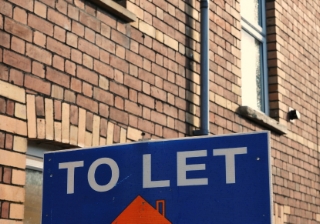
“The housing crisis is now at its worst point,” said head of operations, Vishal Pandya, “and if the white paper helps to stimulate some much needed changes, we will have an opportunity to take a tangible step forward.”
Pandya highlighted the availability of a skilled construction workforce to sustain new house building as the key priority from a number the paper had identified.
“The two are inextricably linked, but there will be little chance of achieving the government’s target of 250,000 new homes a year unless we have sufficient workers to build them,” he stated. “Right now, we are locked in a Catch-22 situation, where low levels of construction means fewer people working in the industry and therefore house building is not increasing.
“Of parallel concern is that although some 270,000 new homes a year are given planning permission, only half are being built.”
Pandya also pointed out that despite addressing a broad range of contributory factors to the current housing slump, the paper has not focused on the current economic situation. “It doesn’t take the Brexit effect into account at all and that surely cannot be ignored,” he continued.
Looking at the provision of accommodation on a broader basis, the SMP supported the concept of diversifying the housing market by opening it up to smaller builders and embracing innovative and efficient building methods. “It is encouraging to hear that the CML is going to be working to support the initiative and we hope that lenders will be willing to help people looking to build their own homes or consider loans for modular or factory built homes.
“The white paper proposal for each area to come up with its own plans for house building would also be a positive step forward. After all, needs should be assessed locally as different regions can have dramatically varied requirements,” Pandya went on. “The formula for working out housing needs is currently opaque, meaning that it cannot be broadly calculated on a national basis. Breaking it down regionally would help identify the right places for homes.”
Switching focus to the rental market, Pandya said that whilst the white paper was to be commended for the encouragement of ‘build to rent’ and the creation of properties for all tenures, the SMP were still concerned that could ultimately prove counter intuitive. “For while it proposes encouragement of properties for all tenures on the one hand, landlords who are facing higher tax bills will be forced to put up rents on the other,” he warned.
Pandya accepted that any new initiatives will inevitably take time to have an effect, but lamented the fact there was nothing new in terms of any immediate help to mitigate the current situation.
“Overall the housing white paper is a positive step in the right direction and as future consultations take place and more details emerge, I am sure this will go towards making up the deficit in UK house building,” he concluded. “That being said, it is absolutely vital that we build on the momentum created by this paper to ensure it does not become a wasted exercise.”





